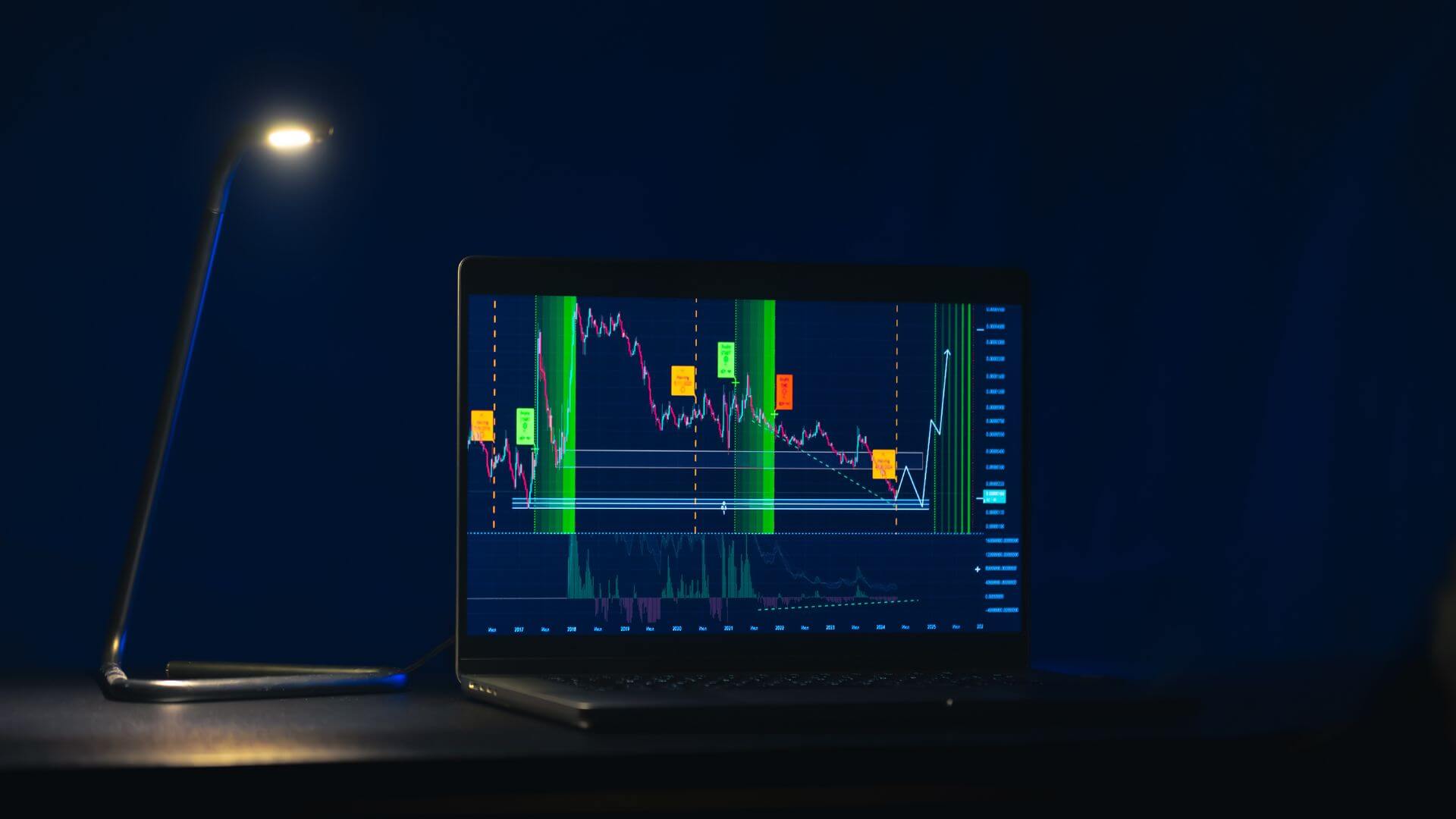
How Trading Volume Analysis Can Enhance Your Prop Challenge Results
When it comes to prop trading challenges, every edge matters. One of the most underrated yet powerful tools available to traders is volume analysis. By understanding and interpreting trading volume, you can improve the quality of your entries, confirm trade setups, and avoid false breakouts—all crucial for passing prop firm evaluations.
In this post, we’ll explore the role of trading volume in market analysis and how to use it strategically during prop firm challenges.
For a quick overview of volume’s importance, read Investopedia’s guide on why trading volume matters.
What is Trading Volume?
Trading volume represents the total number of shares, contracts, or lots traded in a given period. It’s a measure of market activity and participation, showing how much interest there is in a specific asset at a particular price level.
Volume spikes often signal increased conviction in a move, while low volume can indicate indecision or a lack of commitment from market participants.
Learn the basics and types of volume indicators at Corporate Finance Institute’s volume analysis tutorial.
Why Volume Analysis Matters in Prop Challenges
Most prop firm evaluations are structured with profit targets, drawdown limits, and strict timelines. Using volume analysis helps you:
- Confirm breakout and breakdown trades
- Avoid false signals during low-volume conditions
- Gauge market momentum and volatility
- Time entries and exits more precisely
These insights improve trade accuracy and reduce the number of low-quality trades, increasing your chances of hitting targets while staying within risk parameters.
How to Use Volume Analysis in Your Trading Strategy
- Confirm Breakouts with Volume
A price breakout above resistance or below support is more likely to succeed if accompanied by high volume.
- High volume breakout: Indicates institutional buying/selling and confirms the move
- Low volume breakout: More likely to be a false signal or fakeout
Trading With Rayner explains how to distinguish real moves from traps using volume confirmation.
- Identify Trend Strength
Volume rising in the direction of the trend signals strength, while declining volume during a trend may indicate weakness or a potential reversal.
Tip:
- In an uptrend, volume should increase on bullish candles
- In a downtrend, volume should increase on bearish candles
This helps prop traders know when to ride a trend or prepare to exit early.
- Spot Divergences Between Price and Volume
If price continues to move in one direction while volume drops, it can be a warning that the move is losing strength. This can be an early exit signal or a sign to tighten your stop-loss.
- Combine Volume with Technical Indicators
Volume works well alongside other tools such as:
- Moving averages
- Support and resistance zones
- Candlestick patterns
- Momentum indicators like RSI or MACD
Combining these gives higher confidence in your trade decisions. Learn how professionals integrate volume with market structure at Nirmal Bang’s volume analysis article.
Volume-Based Tools and Indicators
- Volume Oscillator: Shows the difference between two volume moving averages
- On-Balance Volume (OBV): Tracks the flow of volume in and out of a security
- Accumulation/Distribution Line: Measures supply and demand through volume and price
Each of these indicators can help you validate momentum and trend reversals.
For additional strategies, visit Charles Schwab’s breakdown on using trading volume as a market indicator.
Best Practices for Using Volume in Prop Firm Evaluations
- Avoid trading during low-volume times (e.g., midday sessions or pre-market hours)
- Prioritize high-volume days such as NFP, CPI, or interest rate decision events
- Use volume to filter trade setups—take only those with strong participation
- Don’t rely on volume alone—use it to confirm your existing analysis, not as a standalone signal
Conclusion
Trading volume analysis is a powerful yet often overlooked component of a successful prop trading strategy. It provides a deeper understanding of price movements, market sentiment, and trend strength—tools that are essential when trading under pressure in a prop firm evaluation.
By integrating volume analysis into your trading routine, you can enhance decision-making, reduce drawdowns, and improve your chances of passing the challenge with confidence and consistency.
